Foam rolling, also known as self-myofascial release (SMR), has gained popularity in recent years as a powerful tool for improving flexibility, reducing muscle soreness, and enhancing overall well-being. This simple yet effective practice involves using a foam roller to target specific muscle groups, releasing tension and promoting muscle recovery. In this comprehensive guide, we’ll explore the 12 amazing benefits of foam rolling, various techniques, and essential tips to maximize its advantages in your fitness and self-care routine.
Also Read: Cupping Therapy: Methods & Techniques, Benefits and More!
Understanding Foam Rolling…
Before delving into the benefits of foam rolling, let’s gain a better understanding of foam rolling and how it works.
Self-Myofascial Release (SMR)
Foam rolling is a form of self-myofascial release, a technique that targets myofascial trigger points or knots in the muscles and fascia. Fascia is the connective tissue that surrounds and supports muscles.
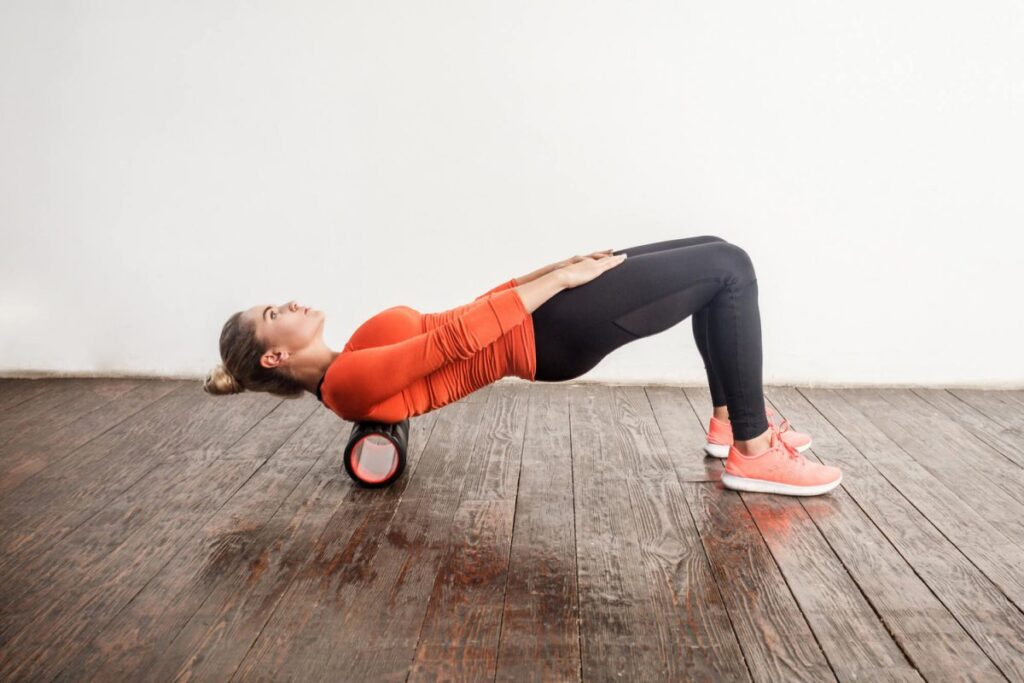
Foam Roller
A foam roller is typically a cylindrical piece of foam with varying levels of density and texture. These rollers come in different sizes and lengths to accommodate various body parts and preferences.
Technique
The technique involves using your body weight to apply pressure to specific muscle groups by rolling the foam roller over them. This pressure helps release muscle knots, improve circulation, and alleviate muscle tightness.
Pain Tolerance
Foam rolling can be mildly uncomfortable or even painful, especially when targeting tight or knotted muscles. However, the discomfort should be tolerable and should not cause severe pain.

Benefits of Foam Rolling
Now, let’s explore the 12 outstanding benefits of foam rolling after your workout. These benefits will make you amazed and give you a strong reason for why you need to incorporate this practice into your fitness and self-care routine.
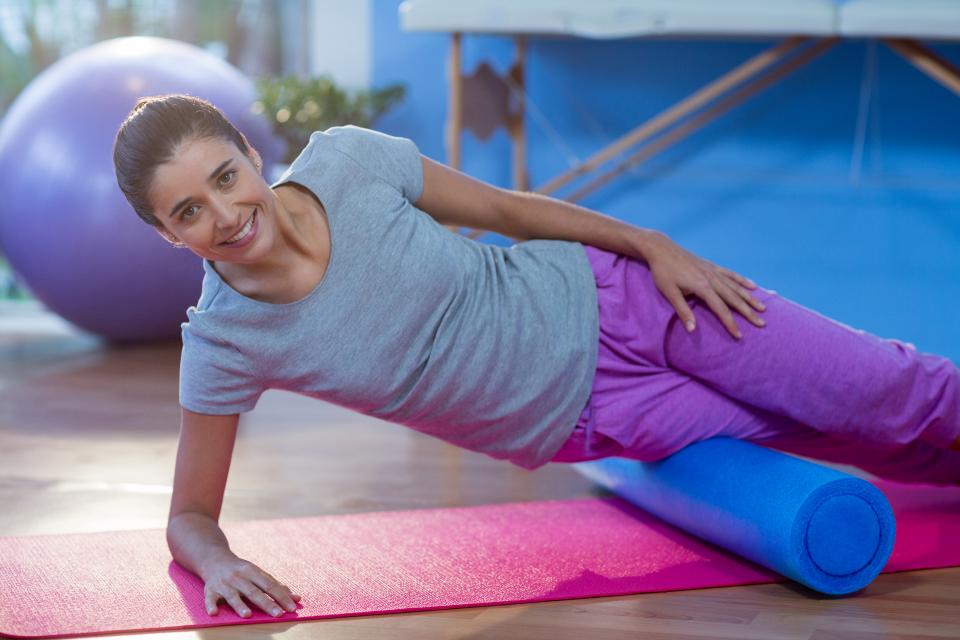
1. Improved Muscle Recovery
It is no doubt that one of the most amazing benefits of foam rolling is to help the muscles recover. Foam rolling aids in the removal of waste products like lactic acid from muscles, which can expedite the recovery process. Regular foam rolling can help you bounce back faster after intense workouts.
2. Enhanced Flexibility
Foam rolling helps release tension in muscles and fascia, improving flexibility and range of motion. Enhanced flexibility can lead to improved athletic performance and reduced risk of injury. This can ultimately leads to better results and muscle gains. So, this is certainly one of the greatest benefits of foam rolling.
3. Reduced Muscle Soreness
Post-exercise muscle soreness, also known as delayed onset muscle soreness (DOMS), can be alleviated by foam rolling. Rolling out sore muscles increases blood flow, reducing inflammation and promoting quicker recovery. This is specifically beneficial for beginners or people who change their workout programs pretty often and suffer from DOMS.
Also Helpful: 10 Benefits of Ice Bath – Exploring The Chilling Truth!
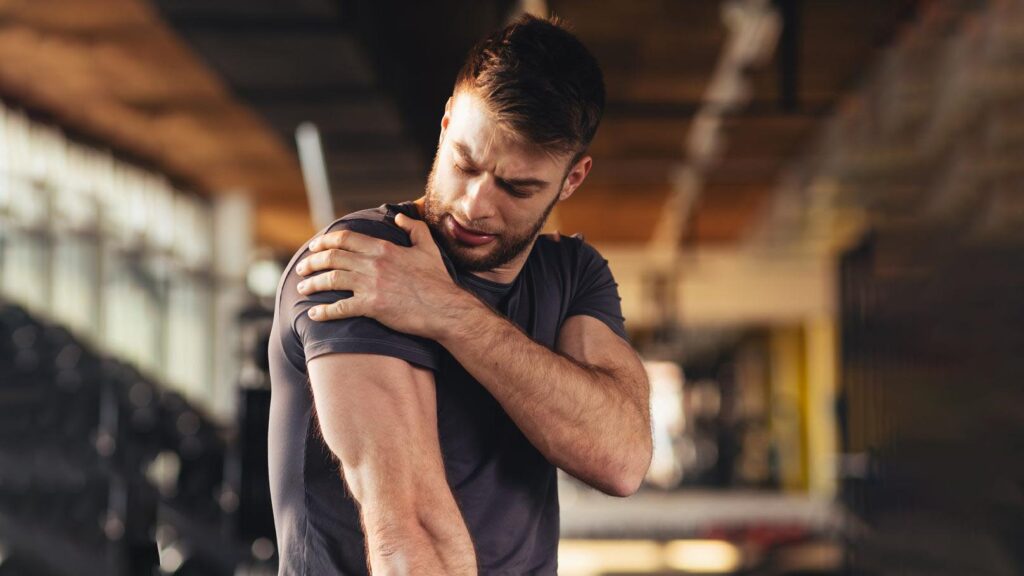
4. Alleviation of Muscle Knots
Targeting myofascial trigger points or muscle knots with a foam roller can release tension and alleviate discomfort. This can provide relief from conditions like muscle imbalances, tension headaches, and back pain.
5. Injury Prevention
By reducing muscle tightness and improving range of motion, foam rolling can help prevent injuries. It aids in maintaining balanced muscle length and alignment. So, it is also one of the greatest benefits of foam rolling without any hesitation.
6. Improved Circulation
Foam rolling increases blood circulation to the targeted muscle groups, delivering oxygen and nutrients essential for muscle health. Enhanced circulation supports tissue repair and overall well-being.

7. Stress Reduction
The practice of foam rolling can be meditative and relaxing. It provides an opportunity to connect with your body, reduce stress, and unwind. So, if you want to take break from your regular stress, this is one of the benefits of foam rolling that can really help you immensely.
8. Better Posture
Regular foam rolling can help correct muscular imbalances that contribute to poor posture. Improved posture can alleviate back and neck pain and enhance overall spinal health.
9. Enhanced Workout Performance
Improved flexibility, reduced muscle soreness, and increased mobility translate into better workout performance. You may be able to perform exercises with better form and efficiency.
10. Cost-Effective
One of the excellent benefits of foam rolling is that foam rollers are relatively inexpensive compared to other recovery tools or therapies. They provide a cost-effective means of self-care that can be used at home or at the gym.
11. Customizable
Foam rolling can be tailored to your specific needs and preferences. You can adjust the intensity and duration of each session based on your comfort level and goals.
12. Accessible
Foam rollers are widely available and require minimal space and equipment. They are accessible to individuals of all fitness levels and ages.
Foam Rolling Techniques
To reap the benefits of foam rolling, it’s essential to use proper techniques. Here are some popular foam rolling techniques for different muscle groups.
1. Calves
Sit on the floor with your legs extended. Place the foam roller under your calves. Support your weight with your hands behind you. Roll from just below the knees to just above the ankles. Rotate your legs slightly inward and outward to target different areas.
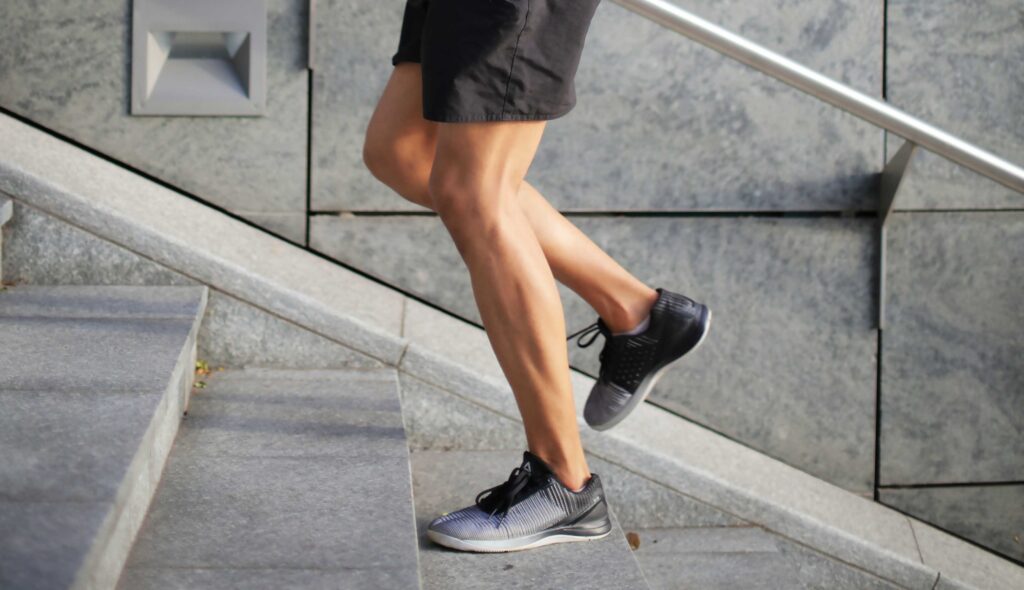
2. Quadriceps
Lie facedown with the foam roller under your thighs. Use your elbows to support your upper body. Roll from just above the knees to just below the hips. You can perform one leg at a time for more focused pressure.
3. Hamstrings
Sit with your legs extended and the foam roller under your thighs. Place your hands behind you for support. Roll from just below the buttocks to just above the knees. Again, you can roll one leg at a time for increased pressure.
4. IT Band (Iliotibial Band)
Lie on your side with the foam roller under your upper thigh. Use your hands and opposite leg for support. Roll from just above the knee to the hip. This technique can be intense, so adjust pressure as needed.
5. Glutes
Sit on the foam roller with one leg crossed over the opposite knee. Lean toward the crossed leg to target the glutes. Roll over the glute muscles, focusing on areas of tension.

6. Upper Back (Thoracic Spine)
Lie with the foam roller under your upper back, perpendicular to your spine. Support your head with your hands, keeping your elbows bent. Roll from the mid-back to the upper back while keeping your lower back stationary. This technique can help alleviate upper back tension.
7. Lats (Latissimus Dorsi)
Lie on your side with the foam roller under your armpit area. Extend the arm on the side you’re rolling. Roll from just below the armpit to just above the hip. Repeat on the other side.
8. Chest and Front Shoulder (Pectorals)
Lie face down with the foam roller positioned horizontally under your chest. Support your weight with your elbows bent at 90 degrees. Roll across the chest muscles, targeting areas of tightness.
9. Neck and Upper Traps (Trapezius)
Sit with your upper back against a wall and the foam roller positioned vertically against the wall. Gently roll your neck and upper traps against the foam roller. Avoid rolling directly on the spine.
10. Hip Flexors
Lie facedown with the foam roller under your hips, slightly to one side. Prop yourself up on your elbows and forearms. Roll from just below the hip bone to the upper thigh. Repeat on the other side.
11. Lower Back (Lumbar Spine)
Lie with your lower back on the foam roller, knees bent, and feet flat on the floor. Support your head with your hands. Roll gently from the lower back to the mid-back, avoiding the spine.
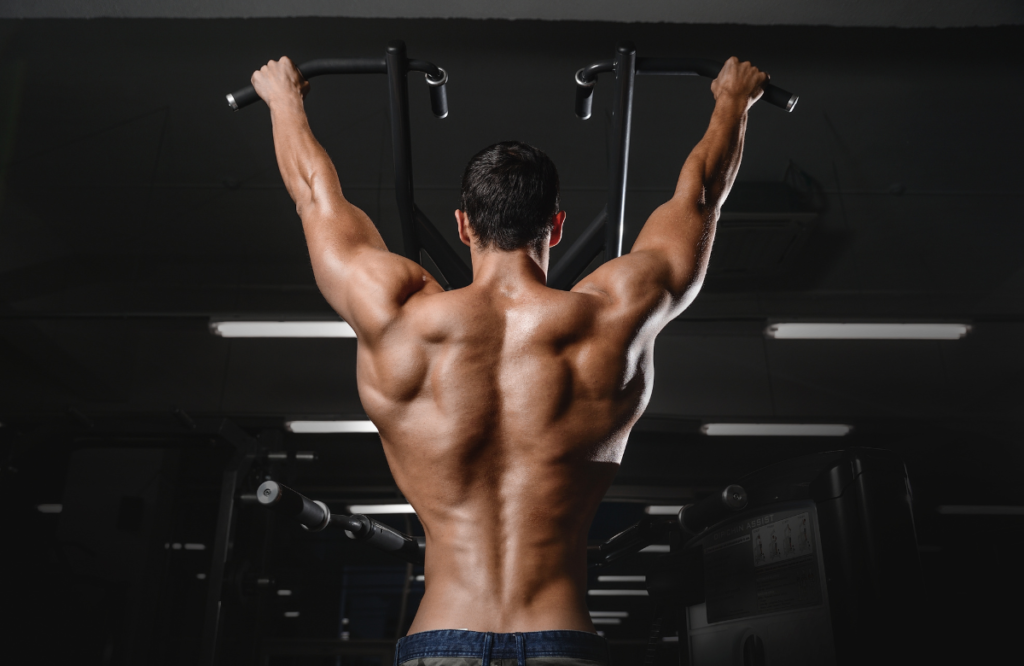
12. Groin and Inner Thighs (Adductors)
Sit with your legs extended and the foam roller positioned under your inner thighs. Support your weight with your hands behind you. Roll from just above the knees to the groin area.
Tips for Effective Foam Rolling
To make the most of all the benefits of foam rolling sessions, consider these essential tips.
Start Slowly
If you’re new to foam rolling, begin with gentle pressure and shorter sessions to allow your body to adapt.
Gradually Increase Pressure
As your muscles become accustomed to foam rolling, gradually increase the pressure for a deeper release.
Focus on Tension
Pay attention to areas of tension or discomfort, and spend more time rolling these areas.
Breathe Deeply
Practice deep and controlled breathing during foam rolling to help relax your muscles and reduce discomfort.
Consistency is Key
Incorporate foam rolling into your routine consistently, whether it’s pre-workout, post-workout, or during recovery days.
Stay Hydrated
Proper hydration supports muscle recovery and can enhance the effectiveness of foam rolling.
Use Proper Form
Maintain proper form during foam rolling to avoid straining your muscles or joints.
Avoid Rolling Over Joints
Do not roll directly over joints, bones, or areas of acute injury or inflammation.
Seek Guidance
If you have specific injuries or medical conditions, consult a healthcare professional or physical therapist before starting foam rolling.
Customize Your Routine
Customize your foam rolling routine to target your individual needs and preferences.
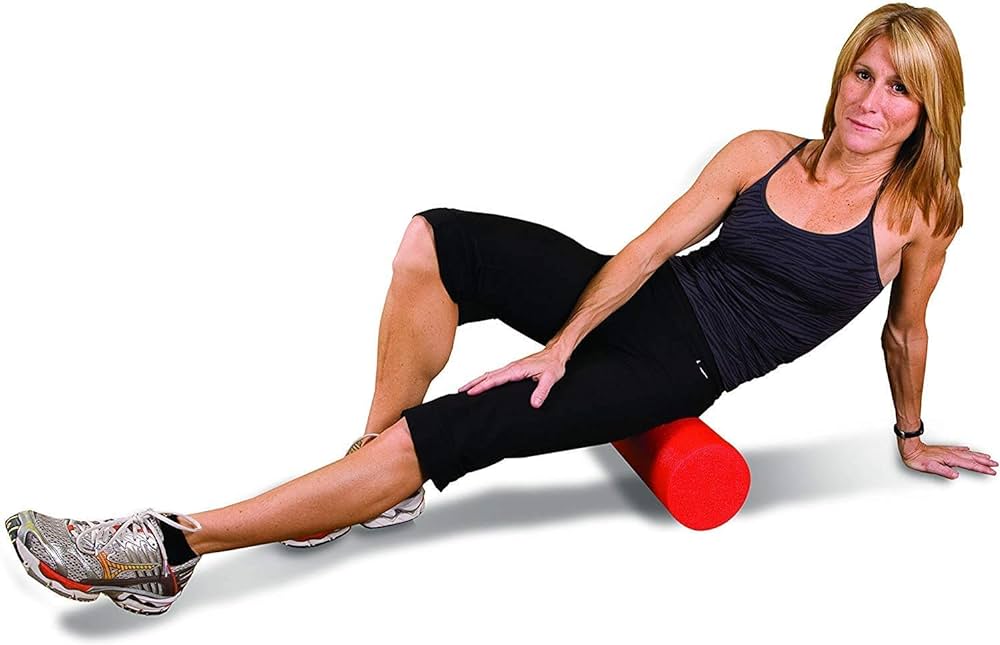
Incorporating Foam Rolling into Your Routine
To fully experience the benefits of foam rolling, consider integrating it into your daily or weekly routine.
- Pre-Workout: Spend a few minutes foam rolling to prepare your muscles for exercise by increasing blood flow and flexibility.
- Post-Workout: After a workout, use foam rolling to reduce muscle soreness and aid in recovery.
- Active Recovery Days: On rest or active recovery days, dedicate more time to foam rolling to alleviate accumulated muscle tension.
- As Needed: Address specific areas of tightness or discomfort with foam rolling as needed.
- Combine with Stretching: Pair foam rolling with static stretching for a comprehensive approach to improving flexibility and muscle health.
Don’t Miss: 10 Incredible Benefits of Sauna after Workout!
Conclusion
Foam rolling is a versatile and accessible self-care practice that offers a multitude of benefits for both athletes and individuals seeking improved physical well-being. By incorporating foam rolling into your fitness routine, you can enhance flexibility, reduce muscle soreness, and support better muscle recovery. Remember to use proper techniques, gradually increase pressure, and customize your foam rolling routine to address your unique needs. As you develop a consistent foam rolling habit, you’ll discover the transformative impact it can have on your overall fitness and quality of life. So, roll your way to improved mobility, reduced muscle tension, and a healthier, more resilient body. Hopefully, you found this article about techniques, tips and the benefits of foam rolling helpful enough. If you really did then let us know your valuable thoughts in the comment section. Thanks for visiting and appreciating our work.
